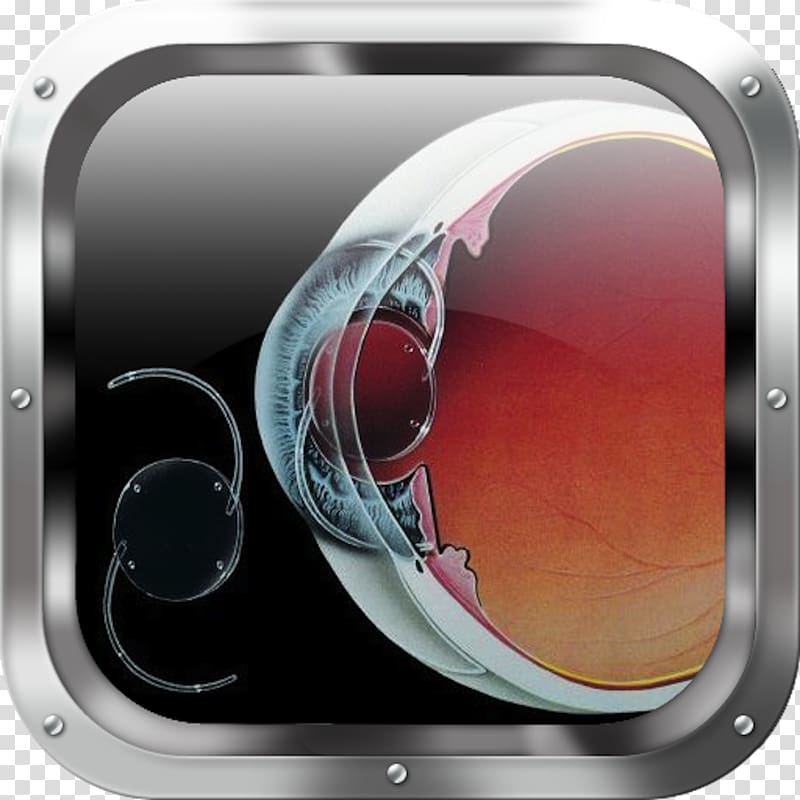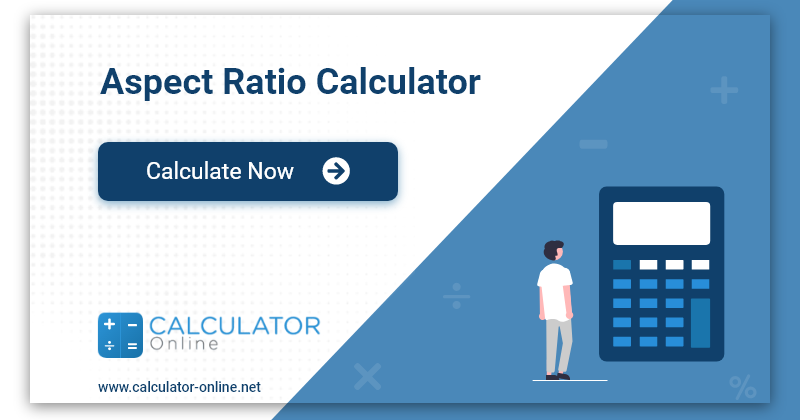

- #RETINA RESOLUTION CALCULATOR ANDROID#
- #RETINA RESOLUTION CALCULATOR SERIES#
- #RETINA RESOLUTION CALCULATOR MAC#
You can view a Google spreadsheet that shows the details of how this data is calculated. With the data above in mind, and applying the mathematics from my previous post, we can take some typical viewing distances for different Apple devices, combine it with the screen size and resolution, and calculate how close the screen comes to the definition of a Retina display we have arrived at above.

Indeed, one arcminute is an accepted value amongst academics for the resolution limit of a typical human retina. This suggests the smallest resolvable detail for an average eye is around one arcminute. What does that mean in pixel terms? Consider that just about the smallest legible fonts, Tinyfont by Ken Perlin and Tiny by Matthew Welch, uses five pixels of height (including descenders for Tiny) for each letter. This was historically defined as the ability to read letters on a standard eye chart that subtend 5 arcminutes of angle (an arcminute is 1/60th of a degree). So what subtended angle is too small to see? The average person has 20/20 vision. The size of the image on the retina is intrinsically derived from the object size and the viewing distance, linked by this formula: Conversely, at given distance, a larger object will also subtend a bigger angle. This is how the size of an object is related to the viewing distance - as you move an object of a given size closer or further away from the eye, so the size of this angle changes. Whether or not a given detail is too small to be discerned by the eye is down to the size of this angle. The viewing angle in this diagram, a, is called the angle subtended by the inter-pixel spacing, s. So, how do we determine how small a pixel has to be to be bordering on invisible? To answer this we need to think about subtended angles. An iMac on a desk, a MacBook in your lap, and a hand-held iPhone all have different viewing distances. Clearly, if Apple is defining a "Retina display" as "one where users can't see the pixels" then any discussion of whether a given display qualifies or not needs to take into account the distance between the screen and the user - and that differs according to the device. Notice how much easier it is to read now. Now bring the book up to a few inches from your nose. The latter number is a common rule-of-thumb baseline in the print industry for "photo resolution". This in turn lead many people to label some arbitrary resolution as "Retina display" - typically 326 ppi itself, or 300 ppi. So what does it mean to say that a screen's individual pixes are indistinguishable? The launch of the iPhone 4 and the first Retina display was, of course, accompanied by a jump in the screen resolution from 480×320 to 960×640 - from 163 pixels-per-inch (ppi) to 326 ppi. As this is an emerging trend across the whole industry, it behooves us to strip away the marketing pixie dust and take an objective look at what this technology can offer. The precise phrase "Retina display" might belong to Apple but the advantages of high resolution screens do not.
#RETINA RESOLUTION CALCULATOR ANDROID#
High DPI screens are starting to appear on other devices, like this Android tablet from Asus. Firstly, although Apple invented the term out of whole cloth, it does offer a definition: "the Retina display's pixel density is so high, your eye is unable to distinguish individual pixels." That has meaning, and if Apple were to weaselly dilute the definition for the sake of marketing some future product I think we should absolutely hold its feet to the fire. If Apple wanted to, the theory goes, it could just declare the current iPad to be a Retina display and be done with it. Some people say that as "Retina display" was a term Apple made up, it can mean whatever it wants it to mean. Is Edwards right - would a Retina display Thunderbolt display really need almost 15 megapixels? Isn't this all just marketing?īefore I launch into a long-winded diatribe ("surely not!" - everyone who's ever read any of my other TUAW posts), I need to address a surpisingly common point of view.
#RETINA RESOLUTION CALCULATOR MAC#
This prompted me to dust off my Retina display iPad post from a year ago and revisit the mathematics I applied there to dig a little deeper into what a Retina display Mac might entail. For an example of the sort of speculation, consider Bjango developer Marc Edwards, who tweeted: "Retina 27" Thunderbolt display: 5120×2880 = 14,745,600 pixels. The rumourmill has been busy lately with claims that we might get "Retina display" Macs soon - and of course, a Retina display iPad 3 on March 7, probably, maybe, definitely.
#RETINA RESOLUTION CALCULATOR SERIES#
Love Apple gear? Like math? TUAW's Doing the Math series examines the numbers and the science behind the hardware and software.


 0 kommentar(er)
0 kommentar(er)
